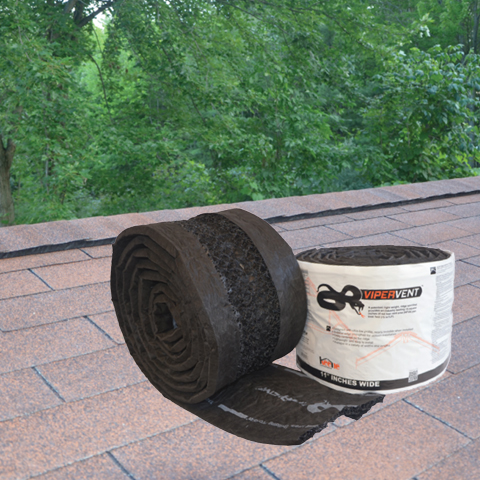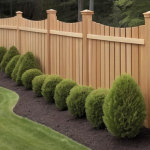
White Cedar Fence: Top Benefits for Your Property
June 5, 2025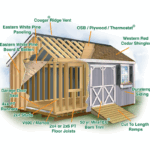
Shed Material List: Complete Guide to Every Part You Need
July 2, 2025By: Blog Writer Published: June 17, 2025 Category: Roofing and Siding
Roofing systems are more advanced than ever — better materials, better insulation, better performance. But one of the most important contributors to roof health remains surprisingly simple: the ridge vent. This quiet, passive ventilation system runs along the peak of the roof and plays a major role in keeping structures dry, durable, and energy-efficient.
Yet despite its simplicity, a well-designed ridge vent can make the difference between a roof that lasts 30 years and one that fails in half the time.
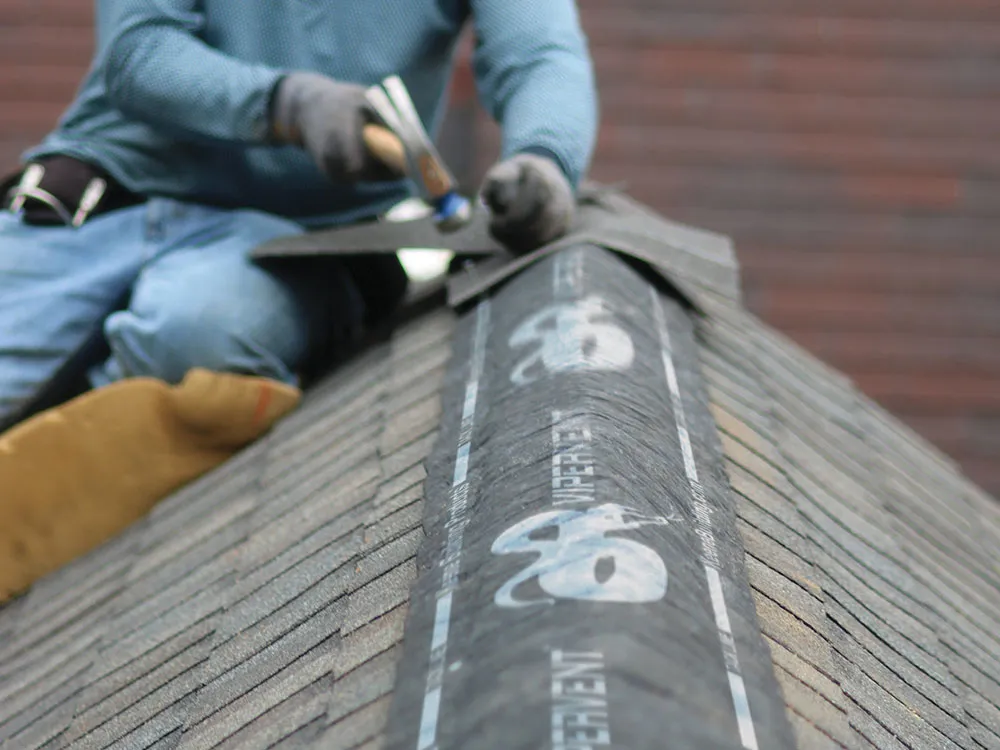
What Does a Ridge Vent Do?
A ridge vent allows warm, moist air to escape from the highest point of a building: the ridge. It works in tandem with soffit or eave vents, which draw in cooler air from below. As warm air rises naturally (the stack effect), the ridge vent passively releases it, creating a continuous airflow cycle beneath the roof deck.
This air movement is critical in preventing:
-
Overheating in attic spaces
-
Condensation that leads to mold and wood rot
-
Ice dams in colder regions
-
Premature aging of roofing materials
Common Problems When There’s No Ridge Ventilation
Without a proper ridge vent, warm, moist air gets trapped in the attic or roof cavity. Over time, this causes a host of structural and material problems:
1. Roof Deck Damage
Moisture vapor condenses on the underside of the roof deck, leading to swelling, warping, and rot — especially in wood-based sheathing.
2. Shingle Deterioration
Heat buildup beneath shingles causes them to blister, curl, or degrade faster. Even high-end shingles can underperform when installed without proper attic ventilation.
3. Ice Dam Formation
In winter, heat escaping through the roof melts snow near the ridge. That water then refreezes at the colder eaves, forming an ice dam that backs water up under the shingles.
4. Moisture in Insulation
Trapped humidity can saturate insulation, reducing its effectiveness and contributing to poor energy performance.
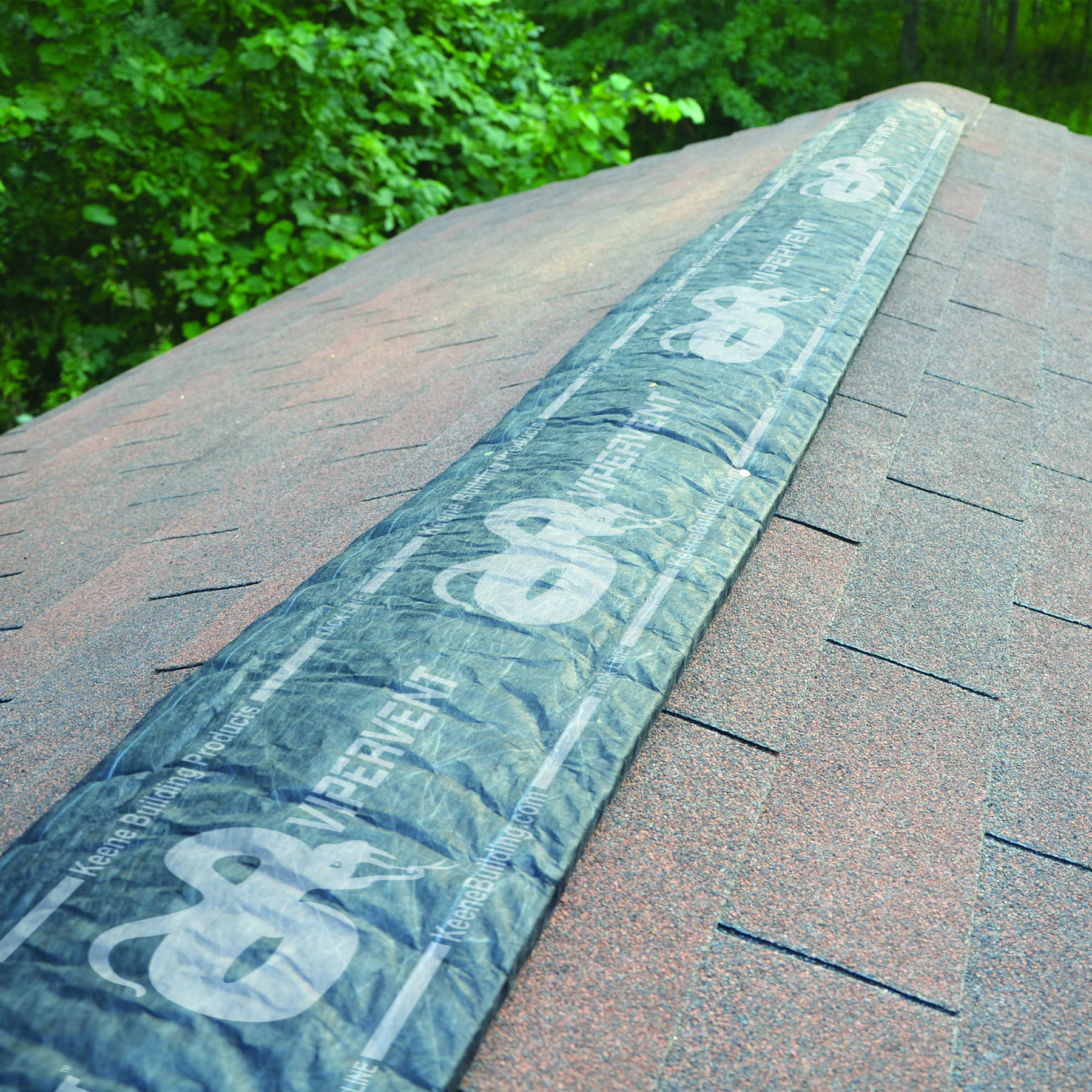
Benefits of a Ridge Vent System
When a ridge vent is properly installed, the results are clear:
-
✅ Consistent attic temperatures across seasons
-
✅ Lower energy costs due to less strain on HVAC systems
-
✅ Healthier roofing materials that dry out quickly after wet weather
-
✅ Improved indoor air quality and lower risk of mold
-
✅ Extended lifespan of the entire roof system
All of this — with no moving parts, power source, or complex installation. That’s the beauty of passive ridge ventilation.
Not All Ridge Vents Are Created Equal
While the concept is simple, ridge vents vary widely in quality and performance. A poorly designed vent may:
-
Compress too easily under ridge shingles, restricting airflow
-
Clog with debris or insects
-
Fail to seal properly, allowing wind-driven rain or snow to enter
-
Distort or sag, creating an uneven roofline over time
That’s why it’s important to choose a ridge vent that’s built to last, especially for steep-slope applications, cedar shakes, metal roofing, or complex roof geometries.
Why a Ridge Vent Outperforms Other Ventilation Options
While there are many types of roof ventilation systems — including box vents, turbine vents, and powered attic fans — the ridge vent offers several key advantages that make it a superior choice for steep-slope roofing:
-
Even Distribution: Unlike box or static vents, which are spaced intermittently, a ridge vent runs the full length of the roof peak, allowing for consistent exhaust along the entire ridge.
-
Passive Efficiency: Ridge vents operate without electricity or mechanical parts, relying on natural convection (the stack effect) to maintain airflow — with no moving components to fail.
-
Aesthetically Seamless: Installed under ridge cap shingles, ridge vents are virtually invisible, preserving the clean lines and visual appeal of the roof.
-
Balanced Airflow: When paired with continuous soffit intake, ridge vents help create a properly balanced system, reducing hot spots and moisture traps common with point-based exhaust vents.
-
Code-Friendly and Versatile: Ridge vents meet modern building codes and are suitable for a wide range of roofing materials — from asphalt to cedar to metal and synthetic systems.
A Better Ridge Vent Solution: Viper Ridge Vent
At Capital Forest Products, we supply a high-performance ridge ventilation product engineered to meet these challenges head-on: the Viper Ridge Vent.
Designed with roofing pros in mind, this advanced system offers:
-
15 sq. in. of Net Free Vent Area per linear foot — ensuring consistent, balanced airflow
-
A patented filter fabric that resists clogging from dust, insects, and snow
-
Double-density edge construction to prevent compression under cap shingles
-
Compatibility with asphalt, wood, tile, metal, and slate roofing systems
-
UV-resistant, lightweight, and easy to install with nails or staples
Contact us today for a quote.
